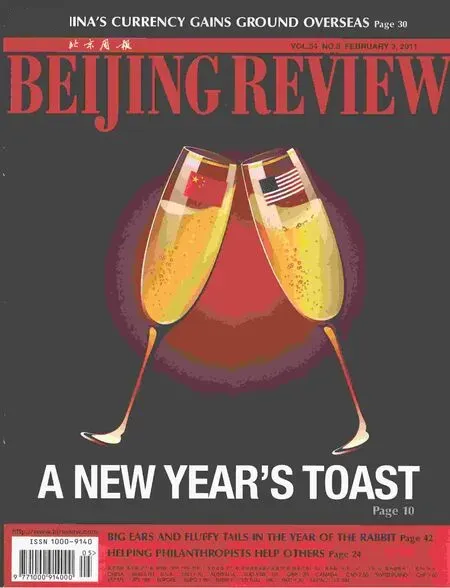Fostering a Middle Class
By YAO BIN
Fostering a Middle Class
By YAO BIN
Though there is no official definition of “middle class” in China, the tag has become one few Chinese people believe they deserve anyway.
In early August, the Chinese Academy of Social Sciences released a report on China’s urban development, saying China had a middle-class population of 230 million in 2009, or 37 percent of its urban residents. It also forecast half of city dwellers in China would be part of the middle class by 2023.
The conclusion, however, met strong criticism as most urban residents, no matter how much they earn, said they were heavily burdened by everyday work and life.
From the great changes in its social structure onward since the 1980s, China does have an expanding group of people with high incomes and lifestyles refecting well-being. They consist mainly of private entrepreneurs, office workers, professionals such as lawyers and IT engineers, and freelance workers.
Authors of the report used the Engel’s Coeffcient, the ratio of expenditure on food to personal consumption, as the criterion in their study. In light of the report’s defnition, people who spend 30 to 37.3 percent of income on food should be categorized as middle class.
Standards set by the UN Food and Agriculture Organization indicate an Engel’s Coeffcient above 59 percent represents absolute poverty; 50-59 percent, barely enough food and clothing; 40-50 percent, a “moderately well-off” standard of living; 30-40 percent, a “well-to-do” standard of living; and below 30 percent, a“wealthy” life.
But, using the Engel’s Coeffcient alone in the classifcation of people may exaggerate the situation.
Take Beijing, for example. Residents surely spend less on food. But, their expenses for housing, medical care, education and many other daily necessities have increased rapidly since Beijing has already made the list of the world’s top 20 most expensive cities. Especially against rising infation in recent years, their purchasing power is shrinking.
It’s generally believed an olive-shaped social structure, with the largest proportion of middle class and small scale on both ends, is the most stable. In contrast, China’s social structure is really pyramidal. A World Bank report in 2010 said the top 1 percent of Chinese families owned 41.4 percent of the wealth.
To tackle this more serious challenge, the Chinese Government must speed up efforts to reform the income distribution system, improve the social safety net and give private businesses greater market access to more sectors, instead of focusing on the statistical perspective of the middle class.

